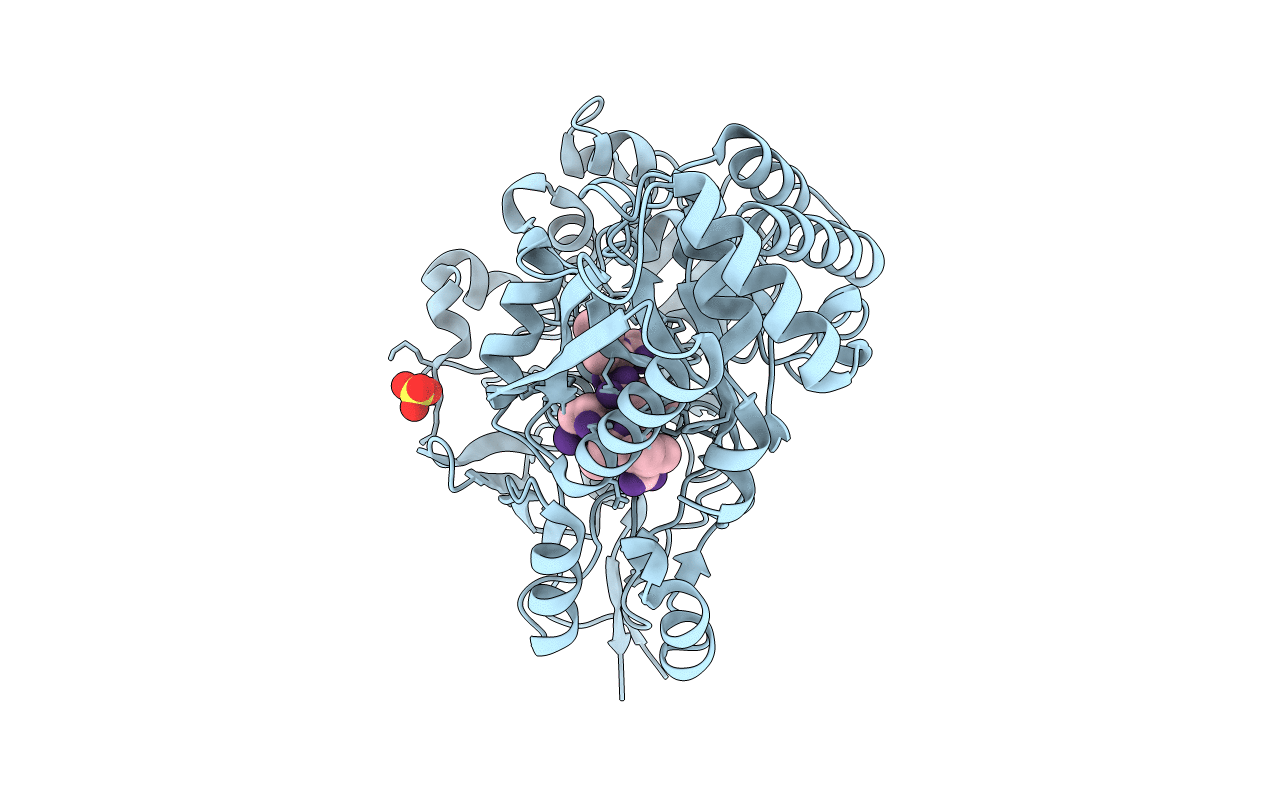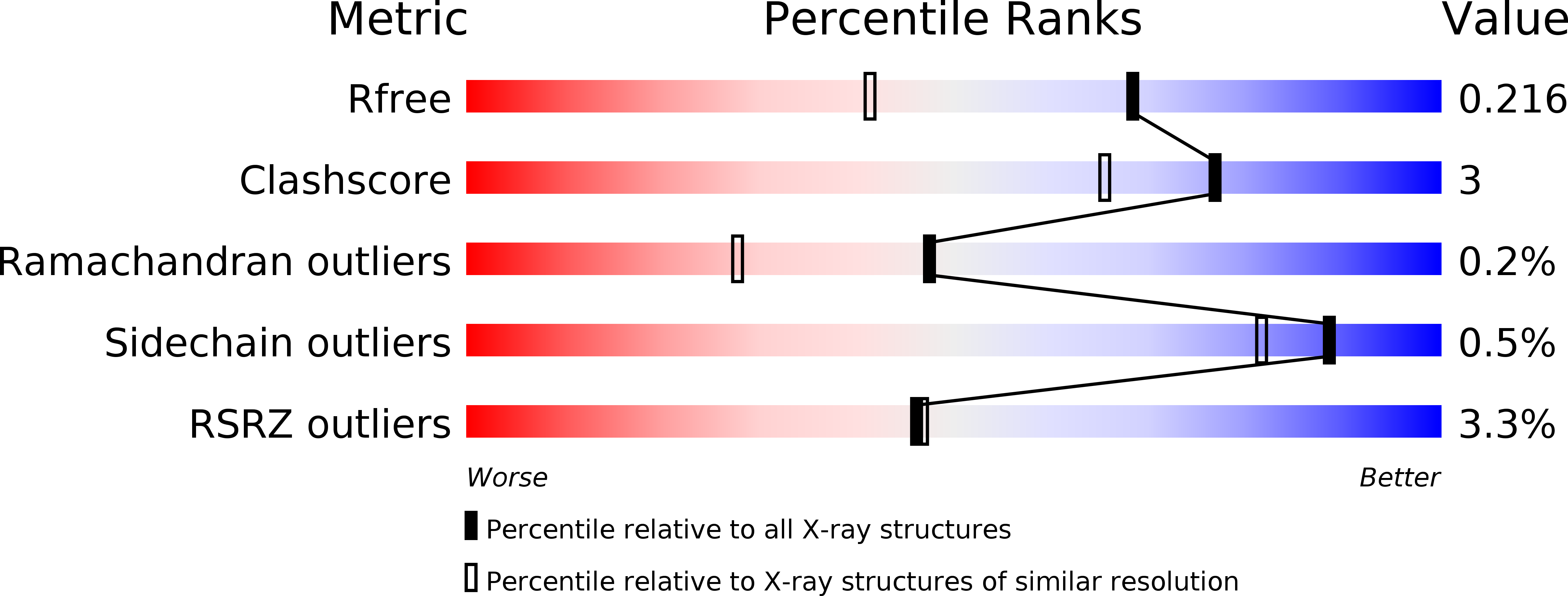
Deposition Date
2018-06-11
Release Date
2018-11-28
Last Version Date
2024-03-13
Entry Detail
PDB ID:
6DQU
Keywords:
Title:
Crystal structure of Haemophilus influenzae OppA complex with GIINTL
Biological Source:
Source Organism:
Haemophilus influenzae (strain 86-028NP) (Taxon ID: 281310)
Host Organism:
Method Details:
Experimental Method:
Resolution:
1.65 Å
R-Value Free:
0.20
R-Value Work:
0.15
R-Value Observed:
0.16
Space Group:
P 21 21 21


